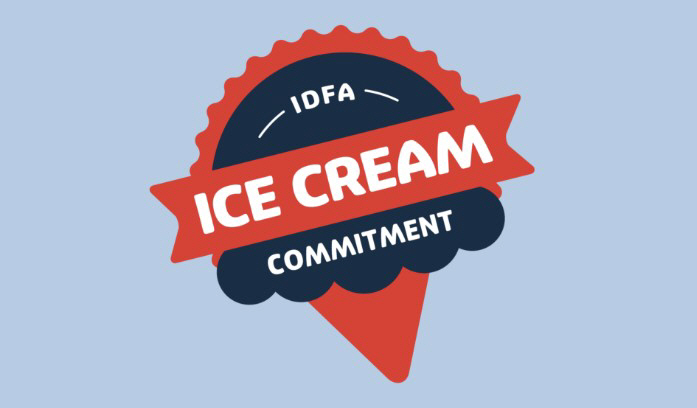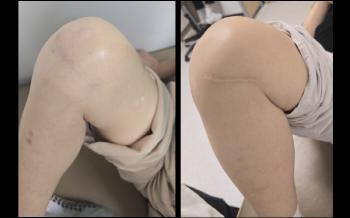Artificial pigment disappears from ice cream...Dairy Products Association Agencies Promise to Get Out of Red No. 3
|
IDFA announced the commitment on the 14th (local time) at an event attended by Secretary of Health and Welfare Robert Kennedy Jr. and Food and Drug Administration (FDA) Director Marty Merkari. It will stop using red 3, red 40, green 3, blue 1, blue 2, yellow 5, and yellow 6 pigments for milk-based ice cream and frozen dairy products distributed in supermarkets, grocery stores, convenience stores, and online across the United States. However, the suspension of the use of artificial pigments applies only to retail ice cream and frozen dairy products containing actual milk, and does not apply to non-products, small-scale store self-manufactured ice cream, and products exclusively for restaurants.
Forty major U.S. ice cream manufacturers participated in the pledge led by the association, which account for more than 90% of the ice cream market in the U.S.
Recently, federal and state governments are expanding artificial pigment regulations. Earlier, Secretary Kennedy has argued that attention deficit hyperactivity disorder (ADHD) and cancer are increasing due to artificial pigments in food, and in April, he announced a plan to ban the use of artificial pigments in food distributed in the United States.
In this regard, some states, including West Virginia, have passed legislation to ban the use of artificial pigments in retail distribution foods, and several states are phasing out the use of artificial pigments in school meals.
IDFA said the industry voluntarily participated in this 'Promise' to preemptively resolve federal-state policy discrepancies and transition without market confusion. The association also announced in April that it would remove artificial pigments from milk, cheese, and yogurt supplied to schools by July 2026 by issuing a 'School Health Dairy Commitment'.
In addition, a number of commercial ice cream companies have already completed the removal of artificial pigments, or are preparing to phase them out by 2028. In order to stabilize the supply chain, IDFA plans to establish a consultative body consisting of ingredient suppliers and dairy companies to support securing natural alternative ingredients.
"Ice cream is a key food in every corner of daily life, including American anniversaries, family gatherings, and snacks," IDFA said. "This pledge reflects the industry and society's expectations for health, quality, and consumer safety, and is expected to become a new standard for the ice cream industry." It is expected that the preemptive measures will prevent supply and demand instability and market disturbance caused by the artificial pigment controversy and promote the development of new products based on natural ingredients to increase consumer confidence," he added.
This article was translated by Naver AI translator.




